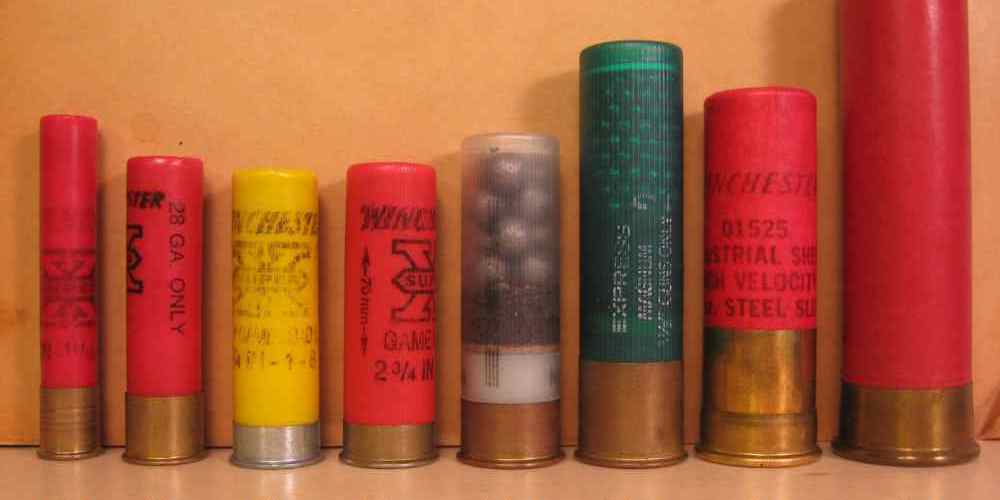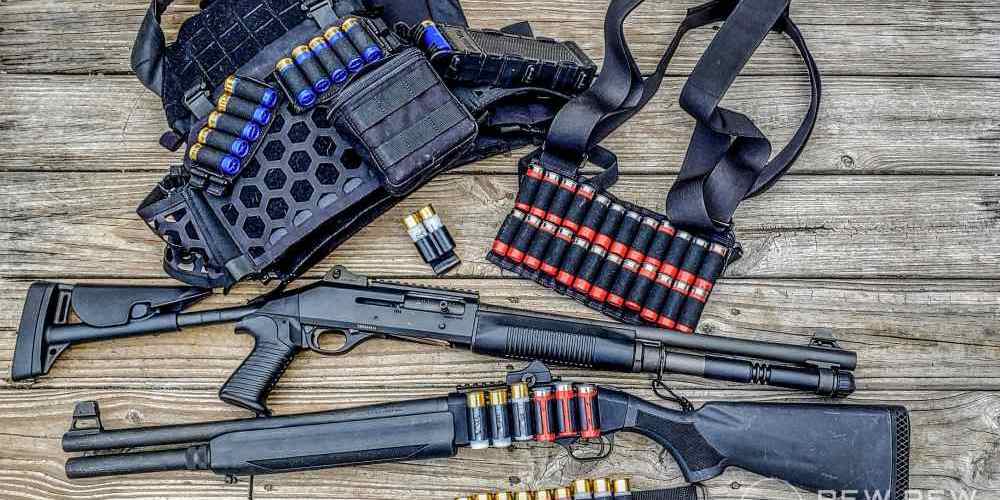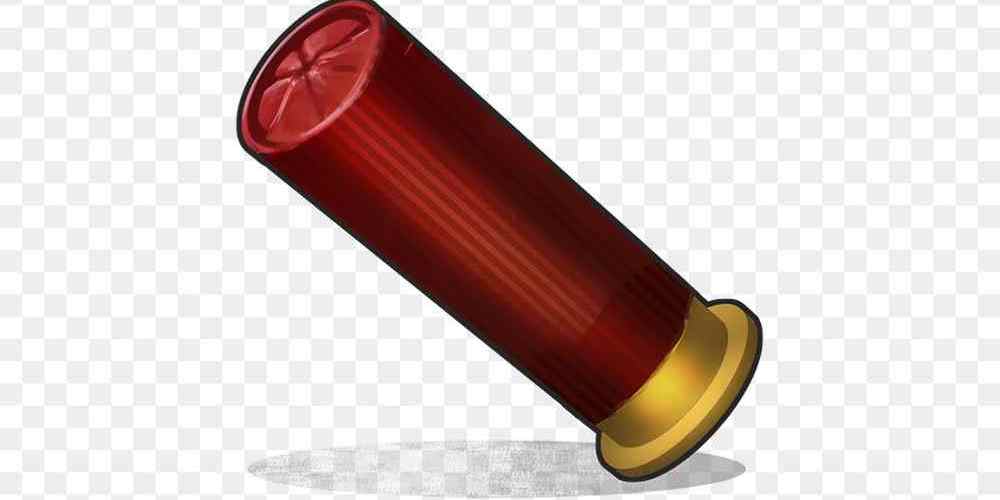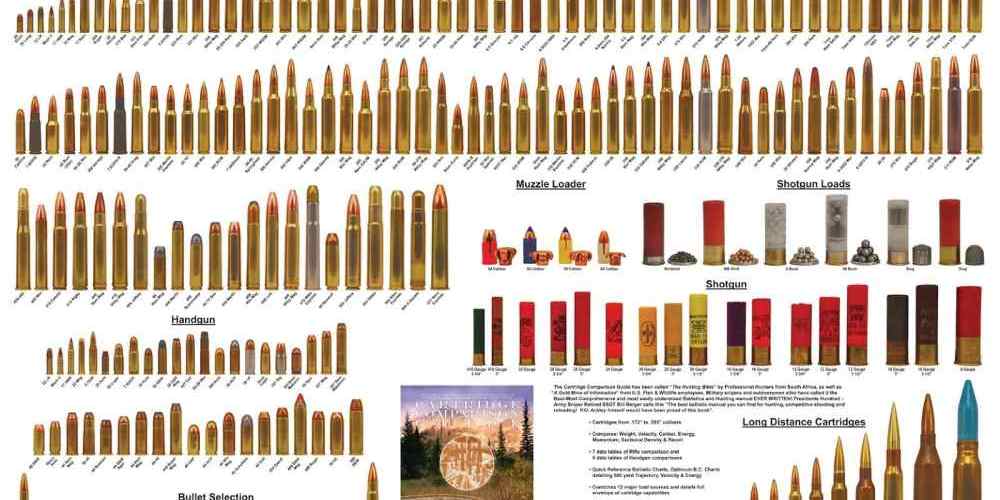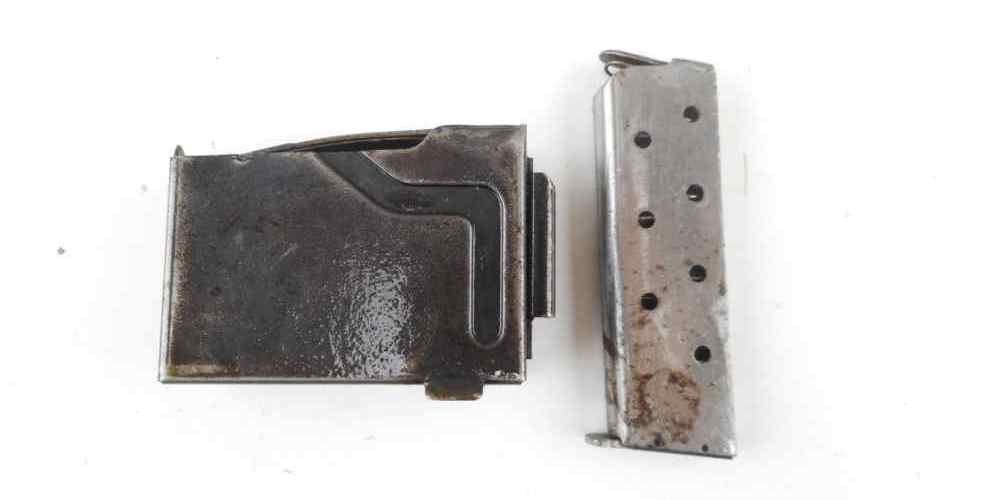“Precision and Power: Elevating Performance with Expertly Designed Wads”
The Impact of Wad Design on Shotgun Shell Performance
Shotgun shells are a crucial component of any shotgun, as they contain the ammunition needed to fire the gun. While many shooters focus on the type of shot or powder used in their shells, the design of the wad is equally important in determining the performance of the shotgun shell. Wads play a critical role in ensuring precision and power when firing a shotgun, and understanding their design can help shooters make informed decisions about the ammunition they use.
Wads are the plastic or fiber components found inside shotgun shells that separate the shot from the powder and help propel the shot out of the barrel. They come in various shapes and sizes, each designed to optimize the performance of the shotgun shell. The design of the wad can impact factors such as shot pattern, velocity, and recoil, making it a key consideration for shooters looking to achieve the best results on the range or in the field.
One of the primary functions of the wad is to protect the shot as it travels down the barrel of the shotgun. By cushioning the shot and preventing it from deforming, the wad helps maintain a consistent shot pattern and ensures that the shot reaches its target with maximum force. Different wad designs can affect the way the shot is distributed, with some wads producing tighter patterns for increased accuracy, while others spread the shot more evenly for better coverage.
In addition to protecting the shot, wads also help control the velocity of the shot as it leaves the barrel. By creating a seal between the powder and the shot, the wad ensures that the powder burns efficiently and propels the shot at the desired speed. This can have a significant impact on the range and power of the shotgun shell, with some wads designed to increase velocity for longer shots, while others focus on reducing recoil for a more comfortable shooting experience.
The design of the wad can also influence the amount of recoil felt by the shooter when firing the shotgun. By absorbing some of the energy generated by the powder, the wad can help reduce the kickback experienced by the shooter, making it easier to stay on target and fire multiple shots in quick succession. Shooters looking to minimize recoil may opt for wads that are specifically designed to absorb energy and reduce the impact felt when firing the shotgun.
Overall, the design of the wad plays a crucial role in determining the performance of a shotgun shell. By choosing the right wad for their needs, shooters can optimize factors such as shot pattern, velocity, and recoil to achieve the best results on the range or in the field. Whether looking for increased precision, greater power, or reduced recoil, shooters can benefit from understanding the impact of wad design on shotgun shell performance. By taking the time to consider the design of the wad when selecting ammunition, shooters can ensure that they are getting the most out of their shotgun and achieving the results they desire.
How Precision in Wad Design Enhances Shooting Accuracy
Shotgun shells are a crucial component of any shooter’s arsenal, and the design of the wad within these shells plays a significant role in determining the accuracy and power of each shot. Wads are the plastic or fiber components found at the base of shotgun shells, which help to separate the shot from the powder and provide a seal to prevent gas leakage. The precision of wad design is essential in ensuring that each shot is delivered with maximum accuracy and power.
One of the key ways in which precision in wad design enhances shooting accuracy is by controlling the spread of shot. When a shotgun is fired, the shot pellets disperse in a pattern known as the shot spread. The wad helps to control this spread by keeping the shot pellets together as they travel down the barrel of the gun. A well-designed wad will ensure that the shot pattern remains tight and consistent, increasing the likelihood of hitting the target with each shot.
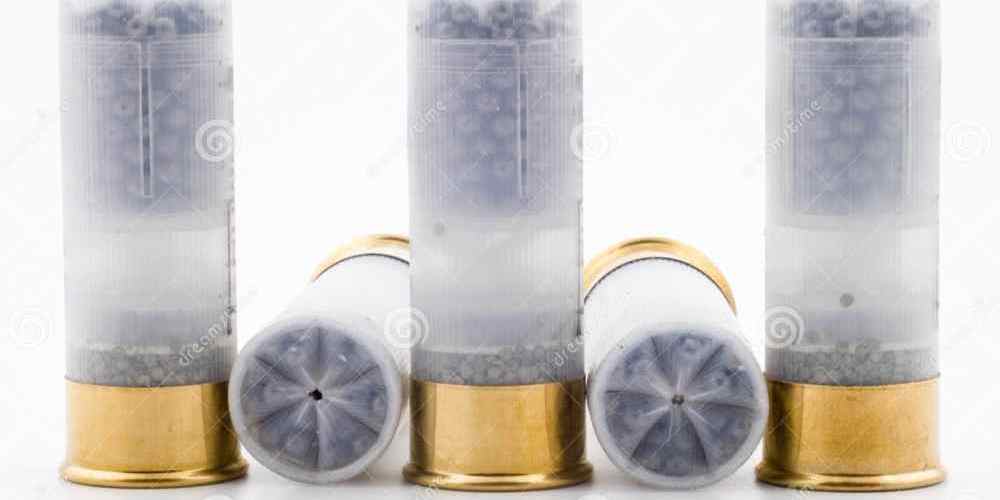
In addition to controlling shot spread, precision in wad design also plays a role in determining the velocity of the shot. The wad helps to create a gas seal within the shotgun shell, which allows for maximum pressure to build up behind the shot pellets. This increased pressure results in higher velocities, which in turn leads to greater shooting power and accuracy. By carefully designing the wad to create an optimal gas seal, manufacturers can ensure that each shot is delivered with maximum force and precision.
Furthermore, precision in wad design can also impact the overall performance of the shotgun shell. A well-designed wad will help to reduce recoil, making it easier for shooters to maintain control and accuracy when firing their weapon. Additionally, a properly designed wad can help to minimize barrel fouling, ensuring that the gun remains clean and functional throughout a shooting session. By paying attention to the details of wad design, manufacturers can create shotgun shells that deliver consistent, reliable performance with each shot.
It is important to note that not all wads are created equal, and the design of the wad can vary significantly depending on the intended use of the shotgun shell. For example, wads designed for hunting may be optimized for long-range accuracy and power, while wads designed for clay shooting may prioritize consistency and pattern control. By understanding the specific requirements of each shooting scenario, manufacturers can tailor their wad designs to meet the needs of different types of shooters.
In conclusion, precision in wad design is essential in enhancing shooting accuracy and power. By controlling shot spread, maximizing shot velocity, and optimizing overall performance, a well-designed wad can make a significant difference in the effectiveness of each shot fired. Whether you are a hunter, a clay shooter, or a competitive marksman, paying attention to the details of wad design can help you achieve greater success in your shooting endeavors. So next time you load up your shotgun, remember the importance of precision and power in wad design, and enjoy the improved accuracy and performance that comes with it.
The Role of Power in Shotgun Shell Velocity and Energy
Shotguns are powerful firearms that are commonly used for hunting, sport shooting, and self-defense. One of the key factors that determine the performance of a shotgun is the design of the wad in the shotgun shell. The wad plays a crucial role in controlling the spread of shot, ensuring proper barrel protection, and maximizing the velocity and energy of the shot.
When it comes to shotgun shells, power is a critical factor in determining the velocity and energy of the shot. The velocity of the shot is important because it affects the accuracy and range of the shotgun. A higher velocity means that the shot will travel faster and farther, making it more likely to hit the target. Additionally, a higher velocity can also increase the energy of the shot, which is important for ensuring a clean and humane kill.
The design of the wad in a shotgun shell can have a significant impact on the power of the shot. A well-designed wad can help to maximize the velocity and energy of the shot by ensuring that the shot is properly contained and propelled down the barrel of the shotgun. This is important because a poorly designed wad can cause the shot to disperse unevenly, resulting in reduced velocity and energy.
One of the key factors that determine the power of a shotgun shell is the amount of powder that is used in the shell. The powder is what propels the shot down the barrel of the shotgun, so it is important to use the right amount of powder to achieve the desired velocity and energy. The design of the wad can help to ensure that the powder is properly contained and ignited, resulting in a more powerful shot.
In addition to controlling the spread of shot and maximizing the velocity and energy of the shot, the design of the wad also plays a crucial role in protecting the barrel of the shotgun. When a shotgun is fired, the shot is propelled down the barrel at high speeds, which can cause wear and damage to the barrel over time. A well-designed wad can help to protect the barrel by cushioning the shot as it travels down the barrel, reducing the risk of damage.
Overall, the design of the wad in a shotgun shell is crucial for ensuring precision and power in the performance of the shotgun. By controlling the spread of shot, maximizing the velocity and energy of the shot, and protecting the barrel of the shotgun, a well-designed wad can help to improve the accuracy, range, and durability of the shotgun. So next time you load up your shotgun, take a moment to appreciate the role that the wad plays in ensuring a powerful and precise shot.
Precision vs. Power: Finding the Right Balance in Wad Design
Shotgun shells are a crucial component of any shooter’s arsenal, and the design of the wad within these shells plays a significant role in determining the balance between precision and power. Wads are the plastic or fiber components found at the base of shotgun shells, which help to separate the shot from the powder charge and guide the shot down the barrel. The design of these wads can have a profound impact on the performance of the shotgun, affecting factors such as pattern density, shot velocity, and recoil.
When it comes to wad design, there are two main considerations: precision and power. Precision refers to the ability of the wad to deliver the shot accurately to the target, while power refers to the force with which the shot is propelled. Finding the right balance between these two factors is essential for achieving optimal performance in a shotgun.
One of the key factors that determine the precision of a wad is its ability to create a consistent shot pattern. A wad that is designed to hold the shot together as it travels down the barrel will result in a tighter pattern, increasing the likelihood of hitting the target. Additionally, a well-designed wad will help to reduce shot deformation, ensuring that the shot maintains its shape and velocity as it exits the barrel.
On the other hand, power is determined by the wad’s ability to efficiently transfer energy from the powder charge to the shot. A wad that is too rigid or too soft may not provide the necessary resistance to propel the shot at the desired velocity. Additionally, a wad that is too heavy may result in increased recoil, making it more difficult for the shooter to maintain accuracy.
To strike the right balance between precision and power, manufacturers often experiment with different materials and designs for wads. For example, some wads are made from plastic, which is lightweight and durable, while others are made from fiber, which is biodegradable and environmentally friendly. Additionally, wads may be designed with different shapes and configurations to optimize performance for specific types of shooting, such as trap shooting or hunting.
Transitional phrases such as “in addition,” “on the other hand,” and “to strike the right balance” can help guide the reader through the complexities of wad design, making it easier to understand the importance of precision and power in achieving optimal performance in a shotgun. By carefully considering these factors and choosing the right wad design, shooters can enhance their accuracy, increase their shot velocity, and reduce recoil, ultimately improving their overall shooting experience.
Innovations in Wad Design for Improved Precision and Power
Shotgun shells are a crucial component of any shotgun, as they contain the ammunition needed to fire the gun. While many shooters focus on the type of shot or powder used in their shells, the design of the wad is equally important in determining the performance of the shotgun. Wads are the plastic or fiber components found inside shotgun shells that help to separate the shot from the powder and guide the shot down the barrel. The design of the wad can have a significant impact on the precision and power of the shotgun, making it an essential consideration for shooters looking to improve their performance.
One of the key factors that shooters should consider when choosing shotgun shells is the type of wad used in the shell. Different wad designs can affect the pattern of the shot, the velocity of the shot, and the overall performance of the shotgun. For example, a wad that is too tight may cause the shot to deform as it travels down the barrel, leading to a less consistent pattern. On the other hand, a wad that is too loose may allow the shot to spread out too quickly, reducing the effective range of the shotgun.
In recent years, there have been significant advancements in wad design that have helped to improve the precision and power of shotgun shells. One such innovation is the use of gas seals in wads, which help to create a better seal between the shot and the powder. This improved seal can help to increase the velocity of the shot, leading to a more powerful and accurate shot. Additionally, gas seals can help to reduce recoil, making the shotgun more comfortable to shoot.
Another innovation in wad design is the use of shot cups, which are small plastic cups that hold the shot together as it travels down the barrel. Shot cups help to prevent the shot from deforming or spreading out too quickly, leading to a more consistent pattern and increased range. Additionally, shot cups can help to protect the barrel from damage caused by the shot, prolonging the life of the shotgun.
Shooters looking to improve the precision and power of their shotgun should also consider the material used in the wad. While most wads are made from plastic, some shooters prefer fiber wads for their environmental benefits. Fiber wads are biodegradable and do not leave behind plastic residue in the environment, making them a more sustainable option for shooters who are conscious of their environmental impact.
In conclusion, the design of the wad plays a crucial role in determining the precision and power of shotgun shells. Shooters should consider factors such as gas seals, shot cups, and wad material when choosing shotgun shells to ensure optimal performance. By staying informed about the latest innovations in wad design, shooters can improve their shooting experience and achieve better results on the range.



